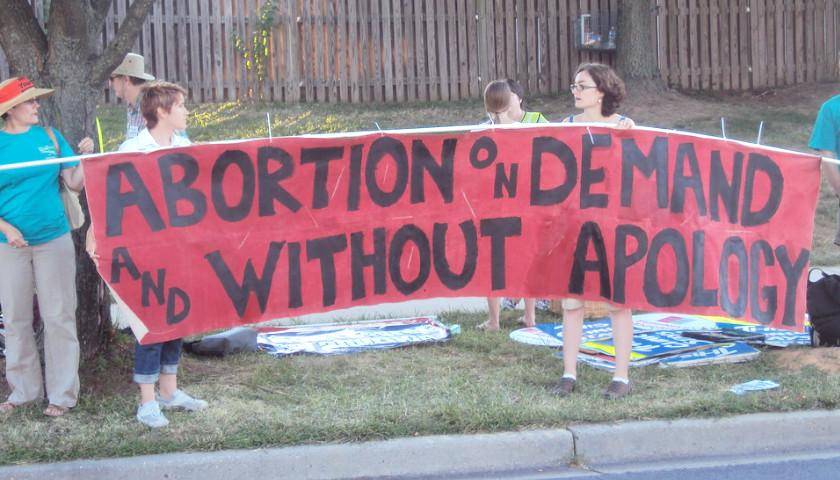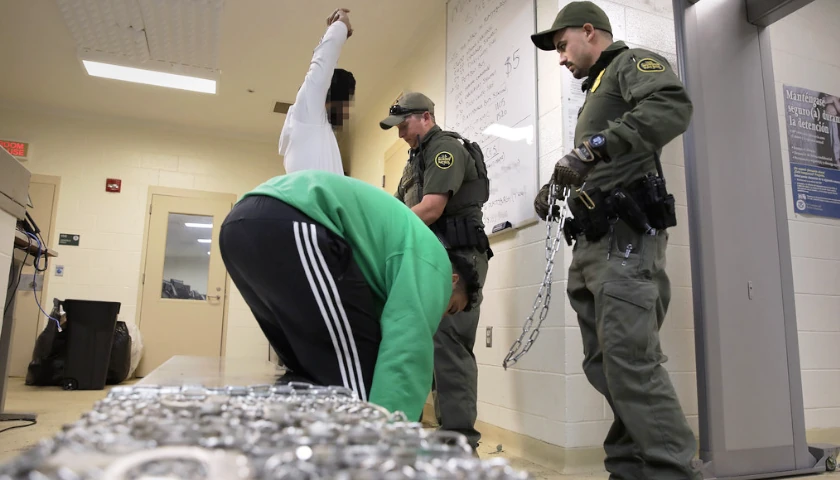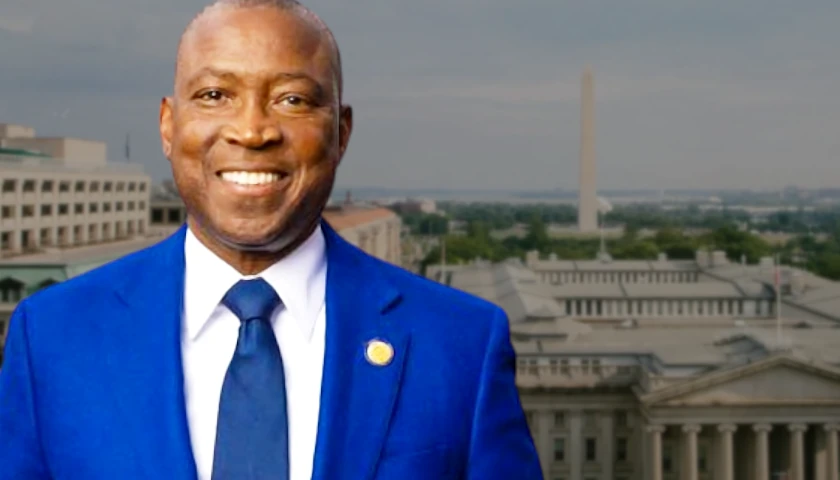Leaders in the pro-life community are warning Americans about the pro-abortion industry’s deceptive ways, as over 20 percent of states face the possibility of voting on an abortion-related ballot measure in November.
The states that may see these ballot measures are Florida, Maryland, New York, Arizona, Arkansas, Colorado, Missouri, Montana, Nebraska, Nevada, and South Dakota.
Kristen Day, the president of Democrats For Life of America (DFLA), told The Star News Network these ballot initiatives are creating a “bunch of mini Roe v. Wade’s” all over the country. She also added that the abortion proponents’ messaging around abortion-related measures is “very clever.”
“I think with these constitutional amendments, it’s been played off as protecting a woman’s freedom or rights when it actually does not,” she said.
“If people knew the reality of this situation, they might not vote for them. But they’re only given this partial information, these soundbites that they’re basing their voting decisions on,” Day added.
Frank Pavone, president of Priests for Life, told The Star News Network that the pro-abortion activists use the constitutional ballot initiative process to “cut off” the legislative process.
“I think that they’re afraid of the legislative process. I mean, I say to the folks that are introducing these measures, I say,’ Well, where’s your bill?’ If you want to expand abortion rights, where’s your legislation?”
The Priests for Life President called these abortion ballot initiatives votes “soundbite voting.” Pavone added that in the legislative process, people have to get into the “nitty-gritty” of the topic, while in a ballot initiative, voters may be seeing the language for the first time when they open the ballot or be voting off of a headline or soundbite they heard.
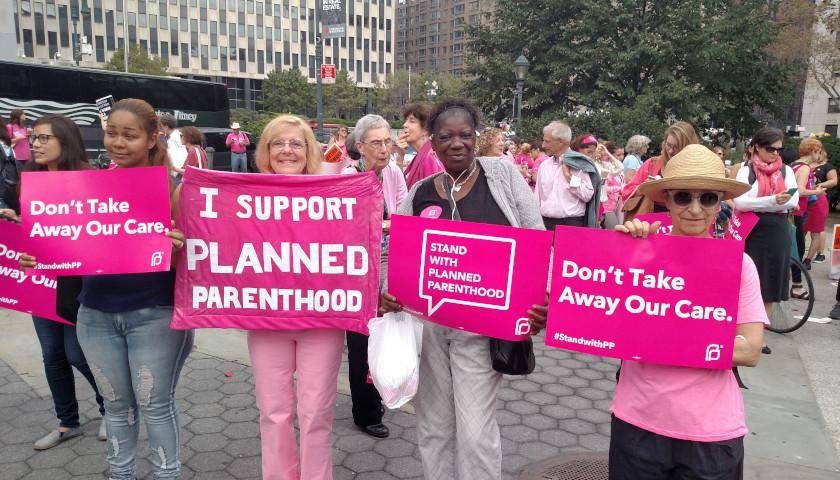
Many of the states that are in the process of qualifying for abortion-related ballot initiatives are considered “conservative” states.
Kelsey Pritchard, Susan B. Anthony’s state public affairs director, said the organization is “really tracking and involved” in the ballot measures in Florida, Montana, Nebraska, South Dakota, Arkansas, Missouri, and Arizona.
She said Susan B. Anthony is following these measures closely because they have a pro-life law at stake if these ballot measures pass.
Since Dobbs v. Jackson Women’s Health Organization overturned the Roe v. Wade court case in 2022, the pro-life side has not won a ballot initiative. Montana, Kentucky, Ohio, and Kansas – all of which are states that voted for former President Donald Trump in 2016 and 2020 – also adopted abortion measures through ballot initiatives.
Pritchard said the pro-abortion side knows that it can’t when in a red state unless it can get abortion on the ballot.
“What they do is they pay signature gatherers, and then they pour millions upon millions into these fights into ads and efforts that deceive people,” she said. “They use vague language with the ballot measures.”
Pritchard said that a reason the pro-abortion industry puts a lot of money into these ballot initiatives is that there is a “profit motive.”
“The abortion industry is able to put in millions of dollars in these fights because they can see a [return on investment],” she said. “This is just really a line item in their marketing budget that they can throw at these things.
In Montana, the pro-abortion committees spent $1.1 million, while a pro-life committee was not formed to spend money on this initiative, according to Ballotpedia.

In Kentucky, committees that supported the pro-abortion side outspent pro-lifers by a factor of 6-to-1, pouring $6.6 million into the state compared to pro-life committees’ $1.1 million.

Kansas pro-abortion activists spent a relatively modest $11.5 million in 2022 ballot initiative efforts, but still outspent their pro-life rivals by $3.5 million.

When Ohio had its ballot initiative in 2023, the pro-abortion committees spent a whopping $53.8 million compared to the pro-life committees’ $36.1 million – a difference of $17.7 million.

In these four measures alone, the pro-abortion side spent $73 million, while the pro-life side spent $45.2 million – a difference of $27.8 million.
Pavone said when pro-life people see abortion-related ballot victories in more conservative states, they point out “how good the other side is at disguising the true nature of these amendments.”
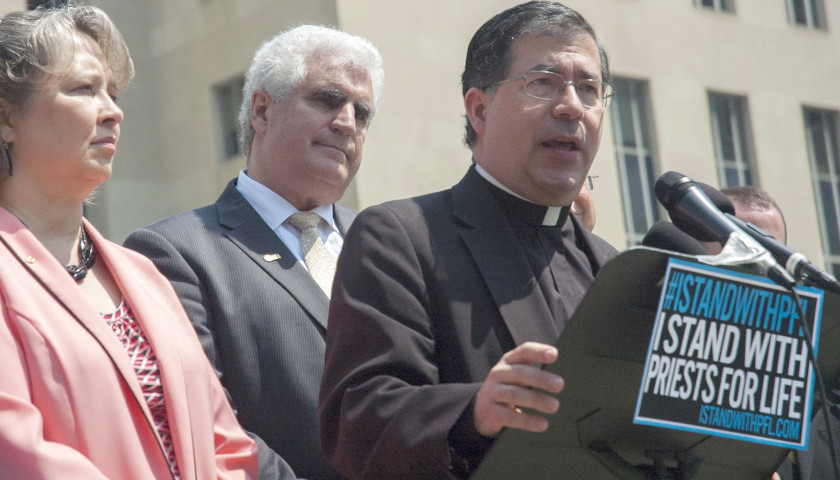
“More money and support [are] flowing into those states from outside the state[s]; the other side is very well funded, and they’ll bring in money from across the country,” he said.
DFLA’s Day said that the pro-abortion side has 10 to 15 “mega-donors” who pour money into these states to pass these initiatives.
People don’t really understand the outcomes of what will happen when these ballot initiatives are passed, Day said. She cited the example in Michigan, where in 2022, the state passed the “Michigan Proposal 3, Right to Reproductive Freedom Initiative.” This initiative gave Michiganders a constitutional right to have an abortion.
Two years later, groups such as the ACLU of Michigan, Human Rights Watch, and Michigan Organization on Adolescent Sexual Health, are trying to repeal the parental consent law in the state, which says that anyone wanting an abortion under 18 years old must seek parental permission.
“Whether it’s through passing laws that change the laws that are on the books that are inconsistent with the government, or whether it’s through litigation, eventually they will get to the point where there aren’t health and safety requirements on the [abortion] industry. And where parents have no say, and where abortions can be allowed in [the] second trimester or third trimester,” Pritchard said. “That’s the end game for the abortion lobby, and they’re not shy about that fact.”
Day, Pavone, and Pritchard all told The Star News Network that the pro-life side was not ready for when Dobbs overturned Roe.
Pritchard said nothing could have “prepared anyone fully” for what would happen after the Dobbs decision.
“It’s not like there wasn’t a strategy. We had [nearly] 50 years of Roe, and now, all of a sudden, overnight, that’s gone,” she said. “And when the Dobbs decision happened, that was essentially day one of the new pro-life movement.”
Pavone said that the pro-life movement did not anticipate Roe v. Wade to be overturned.
“Because so many people saw Roe as an impregnable fortress, rather than the dilapidated building that was falling apart, they were not prepared because they were not expecting it.”
The Priests for Life President also pointed out that he didn’t think the pro-abortion side was equipped either for Roe to be overturned.
“We’re still in a period now where both sides are trying to find their footing and adjust to this very big change,” he said.
Day said that because the pro-life community had been calling for the court case to be overturned for so long, community members “were all taken off guard.”
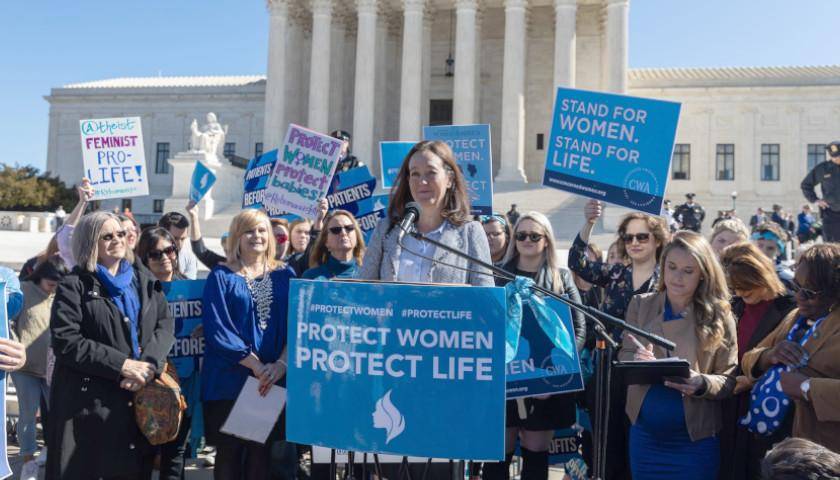
Pavone said the first thing the pro-life movement needs to do is understand the Dobbs decision. He said many people have not taken the time to “examine” the case. He added that the thing the Dobbs case did was move the abortion decision from the courts to the legislature.
“It said the courts are no longer going to stand in the way of the will of the people,” he said.
Despite the recent ballot initiatives since the Dobbs decision, Pavone said he is confident going into the 2024 cycle because it is a presidential election year. He said that Trump brings out many people who usually do not vote. The pro-life leader called it the “Trump effect.”
According to Pavone, “With so many potential abortion-related ballot initiatives this year, the pro-abortion side faces a challenge because it will be splitting its funds between all the states.”
“I think there’s also going to be a serious backlash that the other side is not quite able to anticipate,” he said.
Pritchard said that “it’s really important,” whether in Nebraska, Montana, Florida, or anywhere else, that “we do all we can to win this time around.”
“We need to be very aggressive about fundraising and sounding the alarm now,” she said.
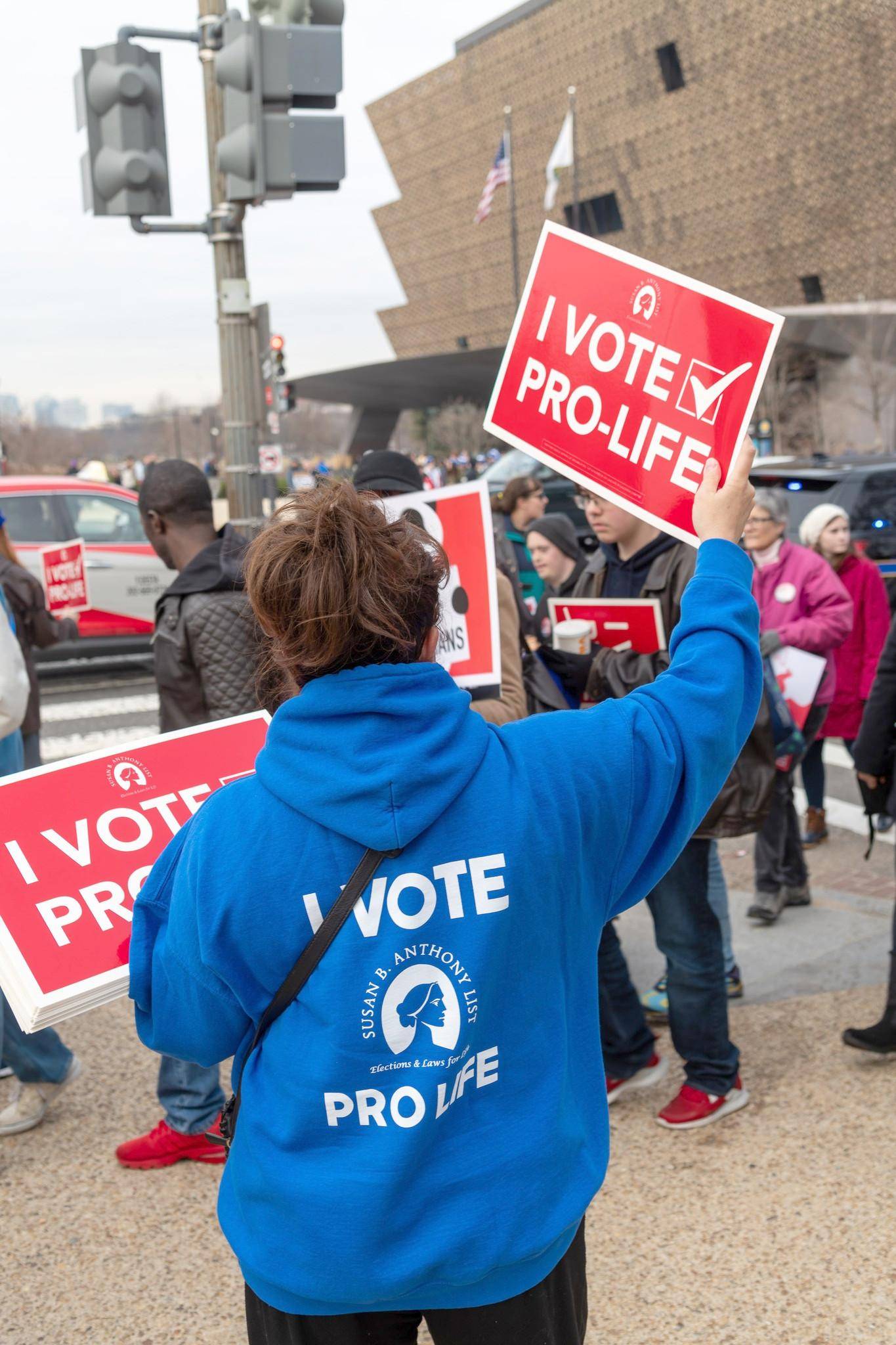
Pavone said that he cautions pro-life people who use the “spin” of the pro-abortion industry.
He said two ways can be used to examine these abortion ballot initiatives: look and what actually happened and how the pro-abortion side tries to create a narrative. Pavone cited Kentucky as an example.
Pavone said that the measure wasn’t about a right to abortion but rather a measure asking Kentuckians if they should amend the state Constitution to say there is “no right to an abortion or there is no duty to fund it.”
When Kentucky did pass this ballot measure in “Constitutional Amendment 2, No Right to Abortion in Constitution Amendment,” the pro-abortion side put that in the “win column, according to Pavone. However, he pointed out that Kentucky still has the tightest limits on abortion.
“Yes, these votes didn’t go the way we wanted them to go. But that doesn’t lead to the conclusion that America’s becoming more pro-abortion,” Pavone said.
Pritchard emphasized that since the Dobbs decision, 24 states have pro-life laws protecting babies at 12 weeks or sooner.
“That is a huge advancement in this human rights fight. We do sometimes get bogged down, I think, in the ballot measure fight and some of the losses we’ve had; but we’ve had incredible victories just within the last two years because of that decision,” she added.
Day said that “these ballot initiatives will do nothing to help anyone”
“Regardless if they pass or not, I think we in the pro-life community are going to continue to work to decrease the abortion rate [and] work to provide real choice for women who don’t want abortions,” the president of Democrats For Life of America said.
“My challenge to states is, who can do this better? Who can provide the most support and the most resources to pregnant women so they don’t see abortion as their only choice?” she added.
– – –
Zach Schmidt is the Senior Digital Editor at The Star News Network. Email tips to Zachery at [email protected]. Follow Zachery on Twitter @zacheryschmidt2.
Photo “Abortion Supporters” by Debra Sweet. CC BY 2.0.

